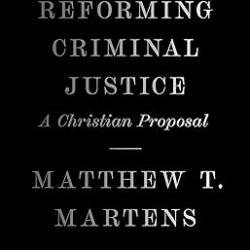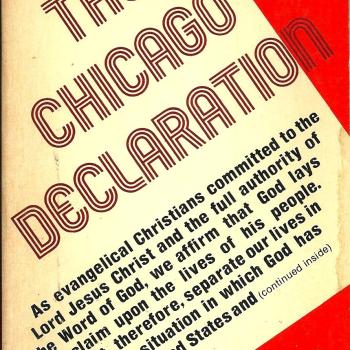 By Philip Barlow
By Philip Barlow
Reading the future is a precarious enterprise, one that prompts modesty -- or playfulness -- in all but the foolhardy. That awareness informs these several thoughts on Mormonism's relation with the Bible in the coming decades.
The safest prediction is that new developments in this arena will add interesting and subtle layers, but will not revolutionize foundational patterns. These established patterns include 1) a basic Mormon faith in the Bible as containing the word of God insofar as it has descended with integrity from its original sources; 2) a largely complementary (but sometimes tensive) allegiance to ongoing counsel and pronouncements proffered by modern prophets and apostles, as well as to additional revelations in The Book of Mormon, the Doctrine and Covenants, and the Pearl of Great Price -- the Mormon canon; 3) a pervasive biblical influence on the conceptions, content, and forms of these additional scriptures and the consequent consciousness of Latter-day Saint believers; and 4) additional dimensions, namely the Mormon experience with private and oral scripture, for example, or the considerable range of individual Mormons' interpretations both of specific passages and of the nature of scripture.
What future overlay awaits this foundation? Among other possibilities, fourelements in a forecast follow here.
Although the Book of Mormon and the notion of open-ended (thus future) revelation set early Mormons apart from others, the Latter-day Saints during their first century-and-a-half tended, though not uniformly, to yield primacy to the Bible as first and foremost in its canon. The past two decades, however, have seen a shift.
Deriving from the church presidency of Ezra Taft Benson (1985-1994), a renewed and heightened emphasis on the Book of Mormon has meant that it has taken a certain priority over the Bible in Mormon culture and consciousness -- at least in the form of Mormonism embodied in The Church of Jesus Christ of Latter-day Saints, whose headquarters are in Salt Lake City. This thrust contrasts sharply with the direction of the much smaller Reorganized LDS Church (since 2001 the "Community of Christ," with headquarters in Independence, Missouri), which increasingly since the 1970s has muted the Book of Mormon and elevated the Bible while veering toward a liberal Protestantism.
The new emphasis on the Book of Mormon in the dominant LDS Church could be overstated, for the Bible remains an essential component of official and popular perspectives and study. Nonetheless, when one visits a typical Mormon worship service today, one will hear church members cite and bear witness to the inspired nature of the Book of Mormonmore frequently than they cite or testify of the Bible. It remains to be seen whether this will invite an eventual corrective, but the trend has considerable momentum with no hint of an end in sight.
Three other aspects of our prediction derive from Mormonism's growth and its encounter with the world. The movement is both enlarging and maturing, giving it a certain confidence. A scholarly expression of this confidence is already apparent in the academic study of Mormonism by both Mormon and other scholars. Studies less defensive or antagonistic than previously, which ask less constricted and more probing questions of interest to a wider audience, are forthcoming by the dozens from academic presses at Columbia, Harvard, Illinois, Missouri, Nebraska, North Carolina, Oklahoma, Oxford, Princeton, Utah, Utah State, Yale, and others.
Professorships and programs in Mormon Studies have arisen for the first time in the secular academy. We can anticipate a biblical expression of this broader thrust on the part of Mormon scholars in the coming years. A biblical scholarship that is at once less apologetic, more competent and informed, but also more able to find its own voice in exploring distinctive contributions to biblical understandings will arise. Examples are already on the horizon, as with a multi-volume new translation and commentary on the New Testament already underway by scholars at Brigham Young University who are more equipped than heretofore for such an undertaking. If successful, such ventures will spawn others.
Institutional growth engenders other biblical implications. In 1996, for the first time, more Mormons resided outside than inside the United States. While considerable expansion occurs in Africa and elsewhere, the overwhelming increase for the next generation will continue to be in Mexico and Central and South America. Before long, there will be more Spanish- and Portuguese-speaking church members than Saints whose primary tongue is English.




